
Elachista atricomella is a moth of the family Elachistidae that is found in Europe.
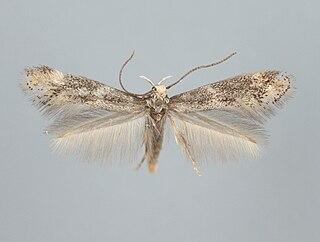
Elachista canapennella is a moth of the family Elachistidae found in Europe.

Elachista freyerella is a moth of the family Elachistidae that is found in all of Europe, except the Balkan Peninsula. It is also found in North America.
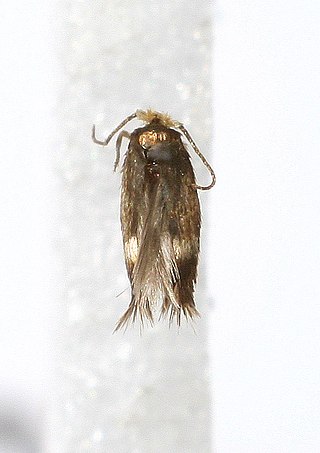
Stigmella microtheriella is a moth of the family Nepticulidae, found in Asia, Europe and New Zealand. The larvae mine the leaves of hazel and hornbeams. It was described by the English entomologist, Henry Tibbats Stainton in 1854 from a type specimen found in England.

Stigmella glutinosae is a moth of the family Nepticulidae. It is found in all of Europe.

The banded apple pigmy is a moth of the family Nepticulidae. It is found in almost all of Europe, except Iceland and Norway.

Elachista albifrontella is a moth of the family Elachistidae found in Europe.
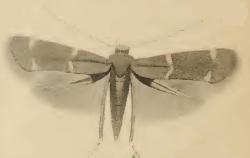
Elachista subnigrella is a moth of the family Elachistidae found in Europe.

Elachista scirpi is a moth of the family Elachistidae found in Europe.

Elachista poae is a moth of the family Elachistidae found in Europe.

Elachista obliquella is a moth of the family Elachistidae found in Europe.

Elachista kilmunella is a moth of the family Elachistidae found in Europe.
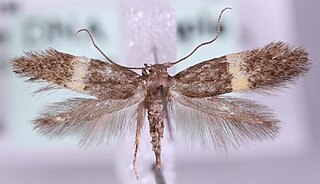
Elachista gangabella is a moth of the family Elachistidae. It is found in all of Europe, except the Iberian Peninsula.

Elachista consortella is a moth of the family Elachistidae. It is found in most of Europe, except most of the Balkan Peninsula, Poland, Latvia and Finland.

Elachista cinereopunctella is a moth of the family Elachistidae found in Europe.
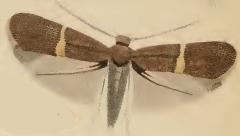
Elachista bisulcella is a moth of the family Elachistidae that is found in Europe.
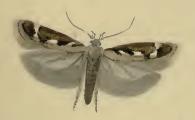
Caryocolum marmorea is a moth of the family Gelechiidae. It is found from Scandinavia to the Mediterranean islands, and from Ireland to Poland, Hungary and Greece. It is also found on the Canary Islands and Madeira. It is also found in North America.
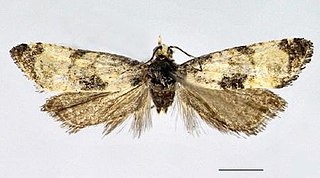
Cochylis dubitana, the little conch, is a moth of the family Tortricidae. It is found in China (Heilongjiang) and most of Europe. and the Caucasus. It is also found in North America, where it has been recorded from Colorado, Maine, Ontario and Washington.

Exoteleia dodecella, the pine bud moth, is a moth of the family Gelechiidae. It is widely distributed from western Europe to Siberia. It is an introduced species in North America.

Cnephasia longana, the omnivorous leaftier moth, long-winged shade or strawberry fruitworm, is a moth of the family Tortricidae. It was described by Adrian Hardy Haworth in 1811. It is native to western Europe. It is an introduced species in western North America. The species has also been reported from north-western Africa and Asia. The habitat consists of downland and rough ground.

















